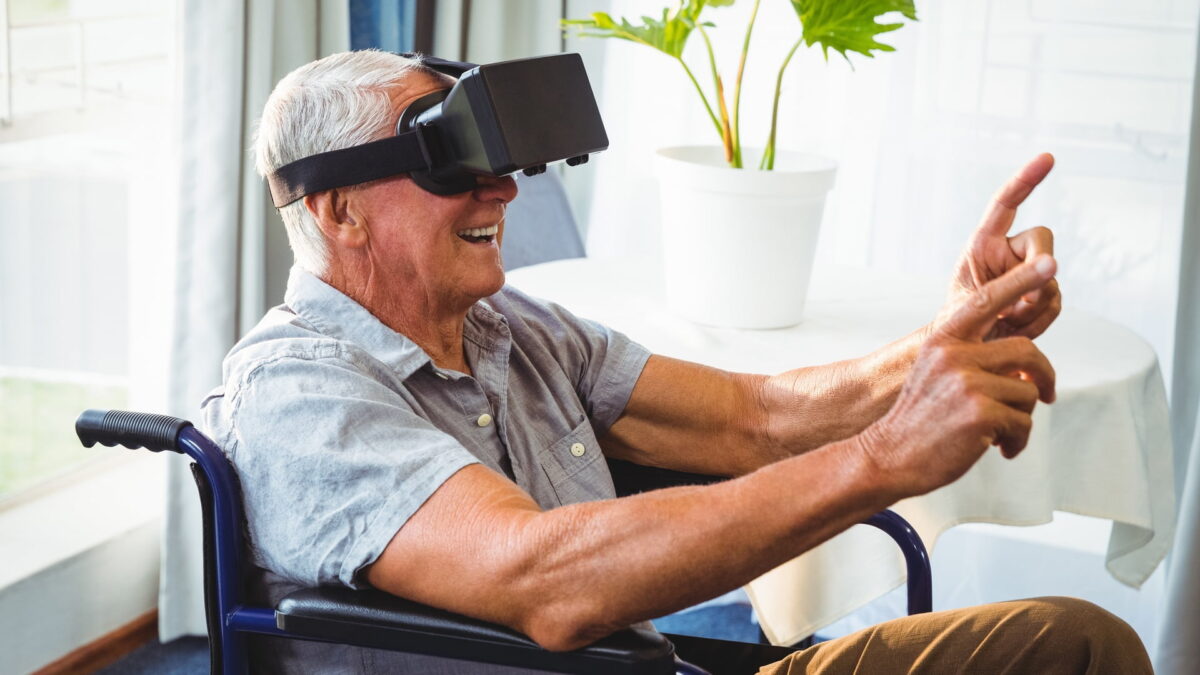Chronic pain: Can VR help?

New research shows that VR can provide temporary relief for people with chronic pain.
VR in medicine has the potential to be a billion-dollar market. The technology is used primarily in the education and training of healthcare professionals. But there are also more and more attempts and considerations to apply it directly for the treatment of patents.
For example, VR combined with psychedelics could help treat mental illness. But virtual reality is also likely to be an effective tool against physical pain.
Using VR against pain
A recent study led by Nancy Baker, professor of occupational therapy, has demonstrated the effectiveness of virtual reality (VR) in providing temporary relief from chronic pain.
According to the study, patients are distracted from their pain when immersed in a vivid and engaging VR environment. The immersive effect of VR also makes it possible to perceive the virtual body as one's own. This allows for unrestricted movement in VR, which also contributes to the pain-relieving effect.
Baker's research shows that some patients were pain-free for hours after their VR experience. This suggests that VR has the potential to change the way the brain processes pain. "To me, that suggests we can use VR to change the way the brain is wired—it’s something about how people think about their own body," says Baker.
Improving existing pain management techniques with VR
Existing treatment methods can also benefit from the use of VR. Studies show that patients are more engaged in VR than in real-world settings. According to Baker, "VR has this real potential to encourage movement in people with chronic pain where they might be otherwise afraid to move."
In some ways, virtual reality can be a gentle alternative to painkillers, which are often associated with side effects.
Note: Links to online stores in articles can be so-called affiliate links. If you buy through this link, MIXED receives a commission from the provider. For you the price does not change.